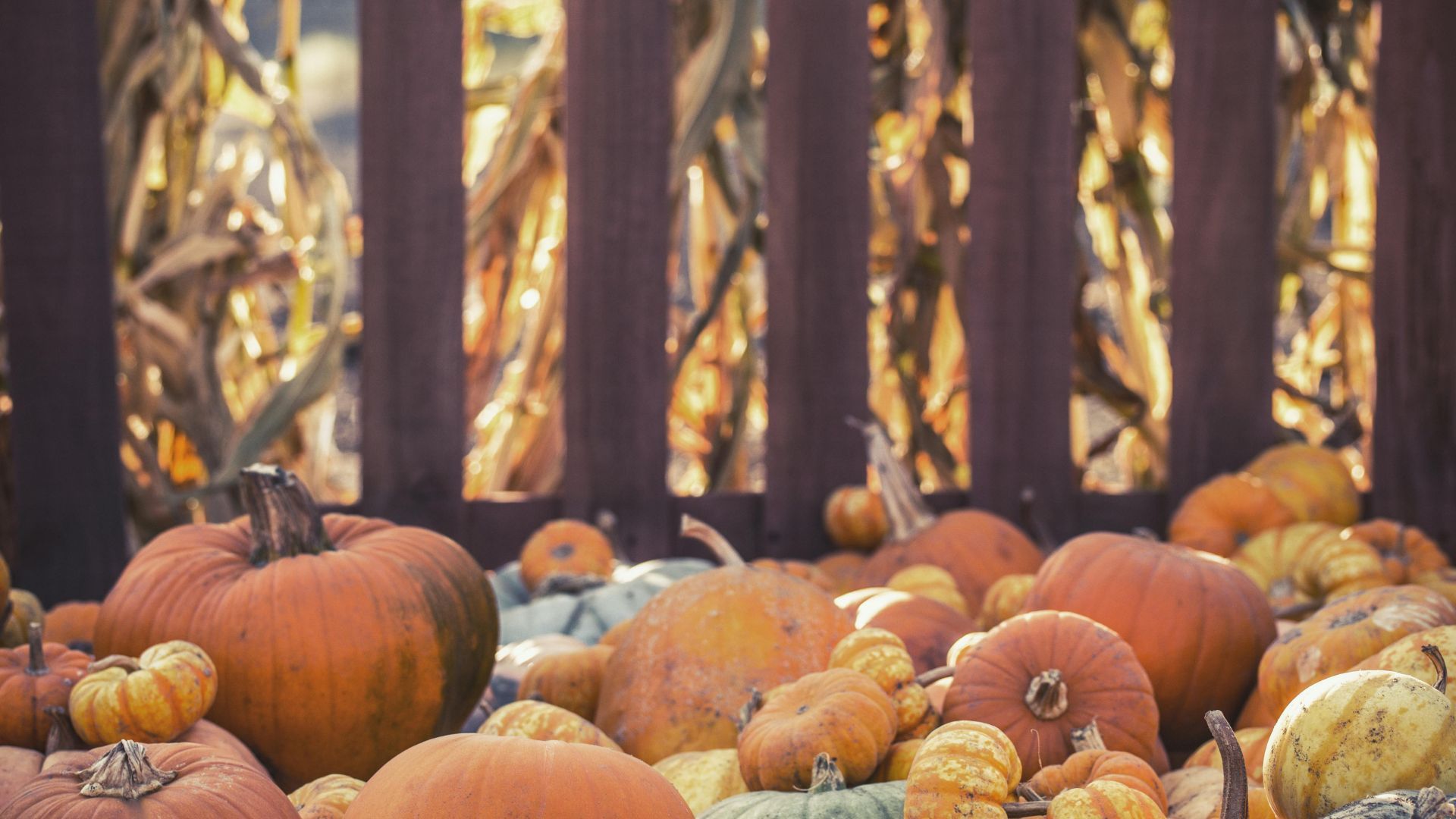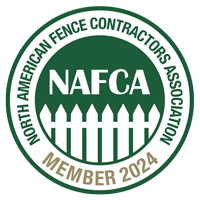Getting My Home's Fence Ready for Winter: Fall Preparation Tips

As the crisp autumn air arrives and leaves begin to change color, it’s the perfect time to tackle a few essential home maintenance tasks. While you're enjoying the mild weather, don't forget about one of your home's most important exterior features: your fence. Preparing your fence for the harsh winter months ahead can prevent costly damage and extend its lifespan. This guide will walk you through the key steps for fall fence preparation.
This article will cover:
● Why fall is the best time for fence maintenance
● A step-by-step guide to inspecting and cleaning your fence
● The importance of protective coatings
● How to manage surrounding vegetation
● When to call in the professionals for repairs
Why Bother with Fall Fence Prep?
Winter brings a host of challenges for any outdoor structure. Heavy snow, freezing rain, high winds, and constant moisture can take a toll on wood, vinyl, and metal fences. Small issues like a loose board or a patch of rust can quickly become major problems when exposed to winter conditions.
By dedicating a weekend in the fall to fence preparation, you can identify and fix vulnerabilities before they worsen. This proactive approach not only saves you from expensive repairs down the line but also ensures your fence remains a strong and attractive boundary for your property throughout the year.
Your Fall Fence Preparation Checklist
Follow these simple steps to get your fence in top shape for the coming winter.
1. Conduct a Thorough Inspection
Start by walking the entire length of your fence, both inside and out. Look closely for any signs of wear and tear. What you’re looking for will depend on the type of fence you have.
● For Wood Fences: Check for rotting or warped boards, splintering, and loose or protruding nails. Pay special attention to the posts, especially where they meet the ground, as this is a common area for moisture damage and rot. Also, look for signs of insect or pest damage.
● For Vinyl Fences: Inspect for cracks, discoloration, and mildew growth. Check that all caps are secure and that panels haven't come loose from the posts.
● For Metal Fences (Aluminum/Wrought Iron): Look for rust, corrosion, bent sections, and chipped paint. Examine the welds and joints to ensure they are still solid.
Make a list of any issues you find. This will help you organize your repair and maintenance tasks.
2. Give It a Deep Clean
Dirt, grime, mold, and mildew can trap moisture against the surface of your fence, accelerating wear and tear. A thorough cleaning is one of the most effective ways to prepare it for winter.
For most fence types, a pressure washer on a low setting is an efficient cleaning tool. If you don't have one, a stiff-bristled brush, a bucket of soapy water, and some elbow grease will also work well. Be sure to rinse the fence completely to remove any soap residue. Allow the fence to dry completely, which may take a day or two depending on the weather.
3. Apply a Protective Coating
Once your fence is clean and dry, applying a protective sealant or stain is crucial, especially for wood fences. This layer acts as a barrier against moisture, preventing water from seeping into the material and causing rot, warping, or cracking during freeze-thaw cycles.
● Wood Fences: Apply a high-quality waterproof sealant or a fresh coat of stain. Fall’s mild temperatures and lower humidity are ideal for this task, as they allow the product to cure properly.
● Metal Fences: If you found any rust spots during your inspection, sand them down to the bare metal and apply a rust-inhibiting primer. Then, touch up the area with a paint that matches the rest of your fence to seal it from moisture.
4. Trim Nearby Trees and Shrubs
Overhanging branches and overgrown shrubs can cause significant problems during the winter. When laden with heavy snow or ice, branches can break and fall, damaging your fence. Vegetation that touches the fence can also trap moisture and limit airflow, promoting mold, mildew, and rot.
Take some time to trim back any trees, bushes, or vines that are close to or touching your fenceline. Aim for at least a foot of clearance to ensure proper air circulation and reduce the risk of impact damage during winter storms.
Don't Delay on Repairs: Call the Professionals
During your inspection, you might uncover issues that go beyond a simple DIY fix. Problems like leaning posts, significant rot, or widespread damage require professional attention. It is vital to address these repairs before winter sets in.
Frozen ground can make it difficult or impossible to dig and set new posts, and harsh weather can turn a minor repair into a full-scale replacement. Acting now will save you stress and money.
If you’ve identified damage or feel the job is too big to handle on your own, the team at Davis Fences is here to help. Our experts can quickly diagnose any issues and perform durable, high-quality repairs to ensure your fence is secure and ready to withstand whatever winter throws at it. We can handle everything from replacing a single damaged board to resetting entire sections of your fence.
A Little Effort Now, Peace of Mind All Winter
Taking a proactive approach to fence maintenance this fall is a smart investment in your property. By following these steps, you can protect your fence from winter’s worst and ensure it continues to provide security and curb appeal for years to come.
Need a hand with repairs or a professional inspection? Contact Davis Fences today. We'll help you get your fence ready for winter so you can enjoy the season with one less thing to think about!








